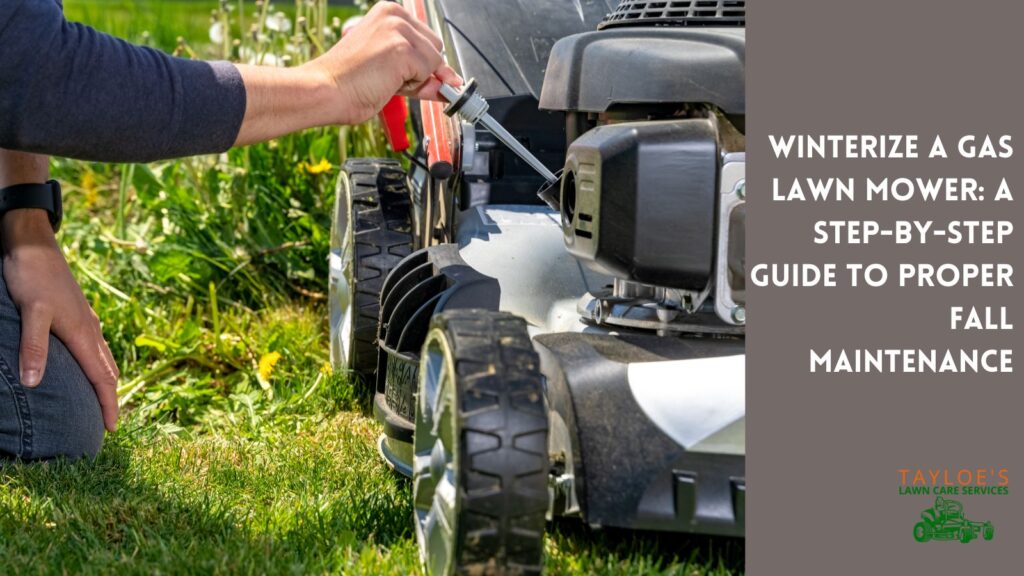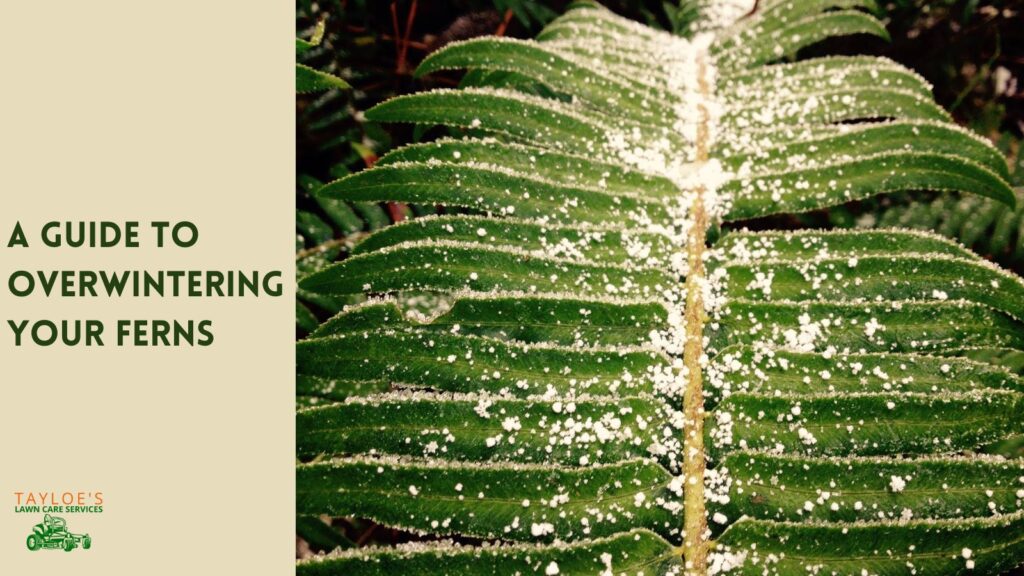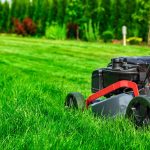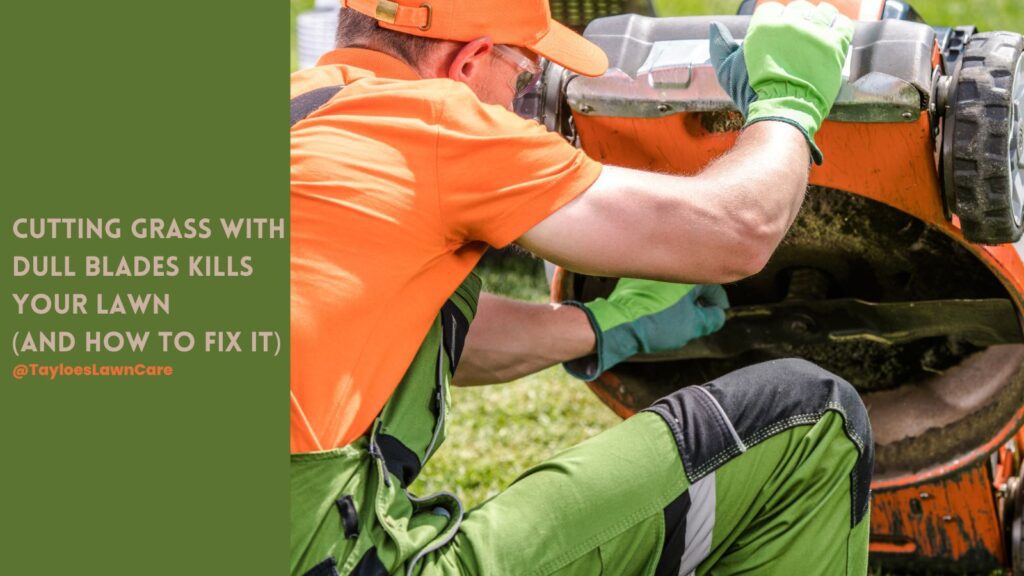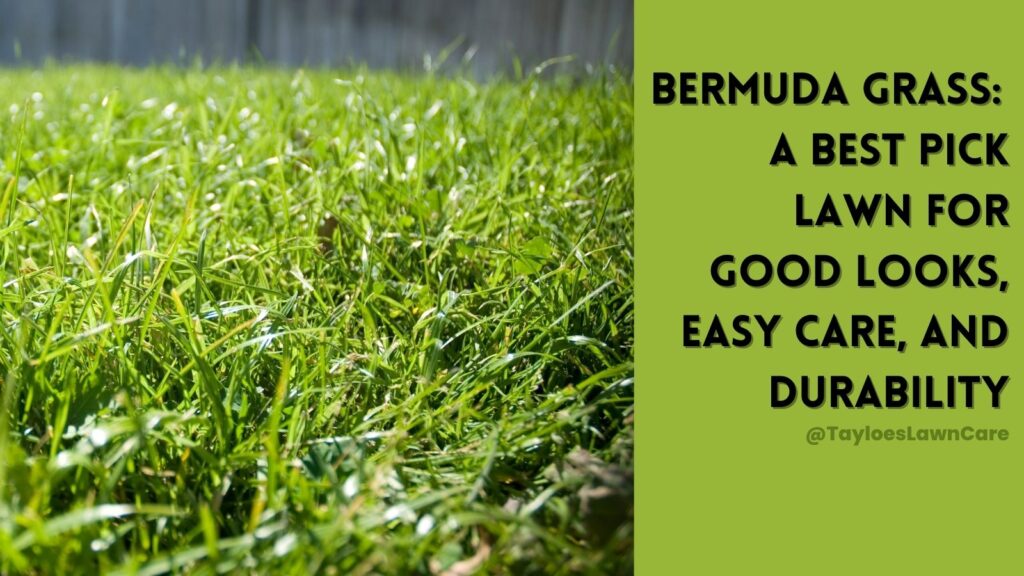Last Updated on: 8th December 2023, 12:32 pm
Here’s why you should winterize your outdoor spigots and hoses
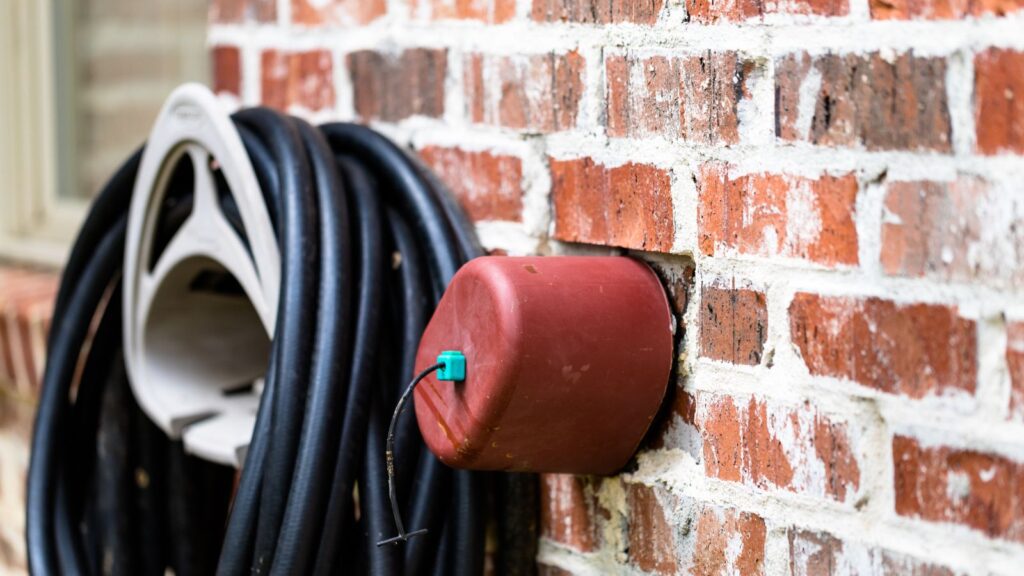
As winter sets in, homeowners in Windsor, North Carolina and Bertie County, face the annual task of preparing their homes for the colder months. Winterizing outdoor faucets (aka spigots) and hoses is an often overlooked but critical aspect of getting ready for winter.
As I consult with homeowners about lawn care, I often have to move cracked or split hoses out of the way. Clients often see me doing this and mention that they split the previous winter and then forgot about tossing it when they bought their new hose.
This guide will walk you through the necessary steps to protect your outdoor plumbing and hoses. As a result, you might avoid costly repairs or replacements due to freezing temperatures.
Why You Should Make Time for Winterizing Outdoor Faucets
Why winterize? Here are some hassles you want to avoid:
Risk of Damage:
- Freezing and Expansion: Water naturally expands when it freezes. This expansion can create immense pressure within the pipes in an outdoor faucet or hose. As the temperature drops and the water turns into ice, it expands by approximately 9%. This might not seem like much. But in the confined space of a pipe, it’s enough to cause cracking or even bursting. This is particularly true for metal pipes. That’s because they are less forgiving than their plastic counterparts. It’s the main reason that explains the need for winterizing outdoor faucets.
- Water Damage Consequences: A burst pipe can lead to significant water damage. The problem is often compounded because the damage might go unnoticed. That mainly happens if it occurs in a less frequented part of your property. The result can be not only flooding but also potential damage to the building’s foundation, landscaping and even the potential for mold growth in and around your home.
Cost Savings:
- Avoiding Repair Costs: The expense of fixing a burst pipe goes beyond just replacing the plumbing. It often involves repairing water damage to walls, floors, and foundations. This can quickly escalate into thousands of dollars in repairs, particularly if specialized restoration services are required.
- Water Waste: A leaking or burst pipe due to inadequate winterizing outdoor faucets leads to significant water wastage. This not only affects your water bill but is also an environmental concern. Even a tiny crack can leak hundreds of gallons over a season, contributing to an unnecessary increase in water usage.
- Insurance Concerns: Many homeowners’ insurance policies have specific clauses regarding preventable damage. If a burst pipe happens due to negligence in winterization, it might not be covered. Unfortunately, that might lead to out-of-pocket expenses for the homeowner.
- Long-Term Maintenance Savings: Regularly winterizing your outdoor spigots helps maintain the overall health of your home’s plumbing system. It can extend the life of your faucets and hoses, saving you money on replacements in the long term.
When you winterize outdoor faucets, spigots, and hoses, you take a key step in protecting your home from preventable damage. You also help to avoid unnecessary repair costs, conserve water, and ensure the longevity of your plumbing.
Winterizing Outdoor Faucets Without Shut-Off Valves
Most homes where I provide lawn care service appear not to have a separate shut-off valve. But lacking a shut-off valve doesn’t mean you can’t protect your outdoor faucets. Here’s how:
- Disconnect Hoses: Ensure no hoses are left attached to the faucets.
- Drain Faucets: Open the faucets to let any trapped water flow out. This step is vital in preventing water from freezing inside the pipe.
- Install an Insulated Outdoor Faucet Covers: Look for an insulated faucet cover that fits your spigot snugly and offers good insulation. Place the cover over the faucet and secure it to ensure it stays in place. It will provide an added layer of insulation against the cold.
Winterizing outdoor faucets really is just that easy to do. Of course, if you happen to have a separate outdoor water shutoff, just remember to turn it off.
Drain and Store Your Garden Hose
After you shut off the valve, it’s worth spending five minutes draining all the water out of your hose. It might make the difference between wasting money on a new hose next spring or not.
- Drain Hoses: Ensure all water is expelled from your hoses. Remove the nozzle and let it air dry completely.
- Storage: Store them in a dry, sheltered place, such as a garage or shed, to prevent damage from freezing temperatures. In the absence of a shed, hang them neatly without any kinks that can create splits during a cold spell.
The Takeaway: Winterizing Outdoor Faucets and Hoses Can Save You Hassle Later
Following these steps ensures your outdoor faucets. spigots, and hoses are well-protected against the winter chill. Just because the cold weather is here, it doesn’t mean that Tayloe’s Lawn Care Services can’t help. We are available to help you complete those garden bed cleanouts and to do pine straw delivery in Windsor, Aulander, and all of Bertie County. We also service Ahoskie and Murfreesboro, NC. You can call or text 252.287.3376. Also, don’t forget to follow us on Facebook for more tips on outdoor and landscaping maintenance – we will share content that helps you look forward to spring all winter long..
Author Profile

- Randy Tayloe is the COO of Tayloe's Lawn Care Service, LLC. He is a certified custom applicator, recognized by the North Carolina Department of Agriculture Pesticide Division. A native of Bertie County, NC, and graduate of Bertie High School, he wants to beautify his home county - one yard at a time.
Latest entries
 GardeningApril 1, 2025Fountain grasses add colorful foliage and movement
GardeningApril 1, 2025Fountain grasses add colorful foliage and movement GardeningMarch 21, 2025White cloud muhly grass growing guide
GardeningMarch 21, 2025White cloud muhly grass growing guide Lawn CareFebruary 25, 2025Should I mow every week?
Lawn CareFebruary 25, 2025Should I mow every week? Lawn CareFebruary 18, 202515 Simple early spring lawn care tips
Lawn CareFebruary 18, 202515 Simple early spring lawn care tips

